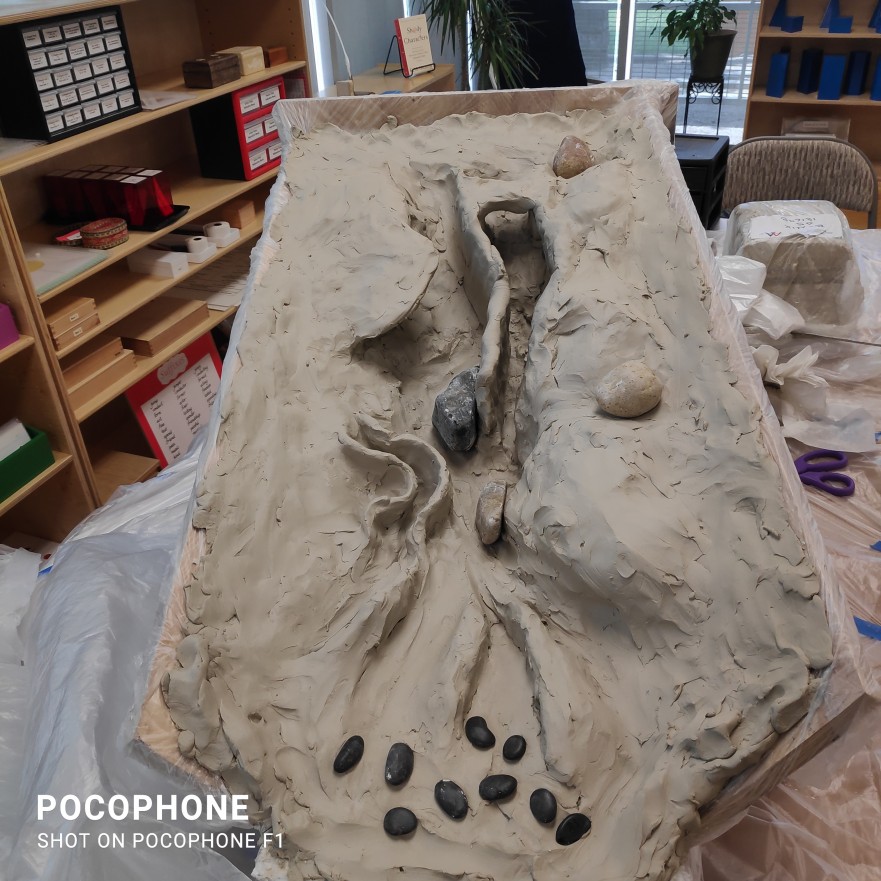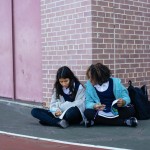I serve as Elementary Team Lead and facilitate our team meetings. It comes as no surprise that teachers cannot teach what they do not know. Therefore I do my best to ensure our Professional Learning Community Meetings (PLCs) provide opportunities for teachers to have:
- hands-on practice with materials
- group reviews of lessons that they find challenging or intimidating
This application helps facilitate individualized practice that teachers are in need of which can translate to these same skills being presented in the classroom.
Teachers, like students, learn in different ways and sit in different comfort zones. Teachers that are still not comfortable with the review lessons presented in our PLC are invited to observe me apply the information during my classroom instruction. This is a benefit to me as well. Personally, immediate class application provides me opportunities to make connections to reviewed material and lessons. I then review the data to adjust as needed and bring the outcomes back to my team for additional discussion, review, and refinement of strategies. I then applied this new information to the class instruction and repeated the cycle.
More than ever, teachers on my campus have increasing time challenges. To help protect their time, I take the lead in streamlining lessons with multiple steps and setting up opportunities for successful application in our classrooms.
One impressionistic lesson that we do not implement as much as we like is the River Model. It involves the construction of a model river with features such as a delta, waterfall, gorge, riverbed and basin, sedimentation, and natural bridge. It takes a lot of time, planning and creativity to construct. The entire structure is then covered with sand. During the demonstration, water is strategically poured over the structure to demonstrate the formation of a river from a source, formations due to erosion, and sedimentation as a way to measure time. STS are then free to explore, experiment, and recreate structures and river civilizations based on research and creativity.
Although teachers agree that this lesson provides unique learning opportunities, they often complained about the construction. I began to notice they complained most about assembly and formations and suspected they were not secure in this information themselves. I shared in PLC I felt insecure and would like to do a review lesson with full assembly of the model, including an extensive review of the features. Every teacher agreed!
We had the review at the next PLC and created the model together with the key features. This allowed us to have detailed discussions about the formations and their impacts. Teachers shared candidly their insecurities and stated they were now ready to present this lesson in their classes. Some teachers decided to collaborate and present to their classes as a whole group.
Just as importantly, teachers were more willing to take risks in PLC and shared with the group areas they needed to review, were confused about, and needed a refresher on. I know modeling non-threatening learning environments for teachers can transfer to the classroom. I intentionally allow my team to see my vulnerabilities and set up our PLCs to be a safe learning environment for teachers. I believe that this helps to build a bridge that helps endure that the classroom remains a safe learning environment for students.










Comments 1
We do some group grading in my content areas and more often we talk about likely errors students will make on tests and what they indicated about a student’s comprehension. It both guides our teaching and assessment of student work and is invaluable.